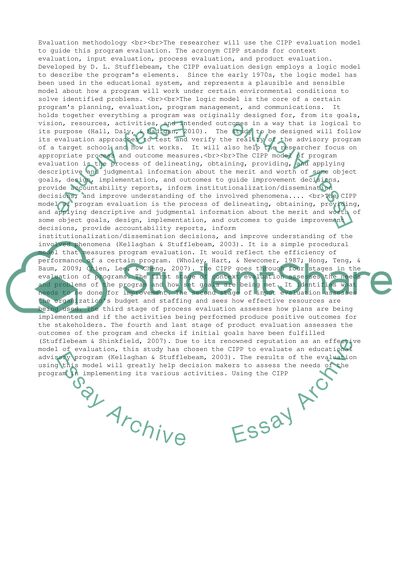Cite this document
(“Evaluation methodology Term Paper Example | Topics and Well Written Essays - 2500 words”, n.d.)
Retrieved from https://studentshare.org/management/1405556-evaluation-methodology
Retrieved from https://studentshare.org/management/1405556-evaluation-methodology
(Evaluation Methodology Term Paper Example | Topics and Well Written Essays - 2500 Words)
https://studentshare.org/management/1405556-evaluation-methodology.
https://studentshare.org/management/1405556-evaluation-methodology.
“Evaluation Methodology Term Paper Example | Topics and Well Written Essays - 2500 Words”, n.d. https://studentshare.org/management/1405556-evaluation-methodology.


